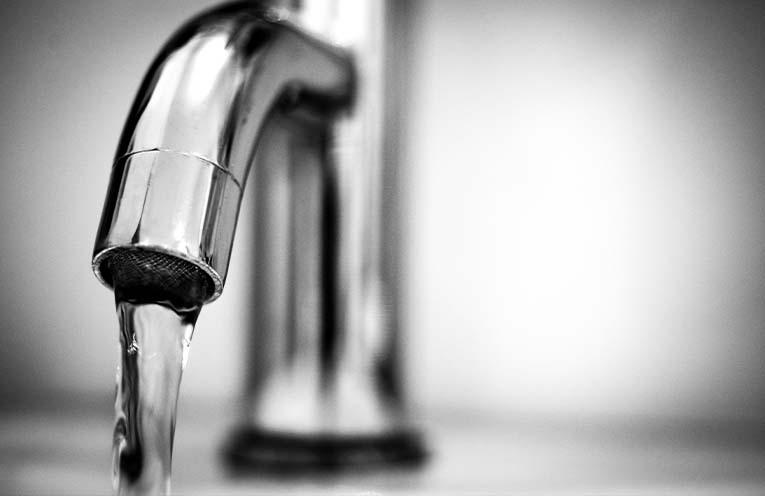THE National Health and Medical Research Council has published updated Australian Drinking Water Guidelines, which confirm new, lower values for per- and polyfluoroalkyl substances (PFAS) in Australian drinking water supplies.
PFAS are a class of more than 4,000 manufactured chemicals that are not found naturally in the environment.
These chemicals have been widely used in industrial and consumer products, such as firefighting foam, nonstick cookware, cosmetics, and waterproof clothing.
PFAS are sometimes called ‘forever chemicals’ because they do not break down easily in the environment and tend to build up over time in the bodies of living organisms.
Last week the NSW Government stated that all the state’s public drinking water supplies currently meet the updated guidelines.
PFAS can end up in drinking water supplies when products containing the chemicals are used on land and washed into waterways and infiltrate groundwater, or when PFAS are used at home and are flushed down the drain.
NSW Health has recommended that all 83 local water utilities test each of their drinking water supplies again in 2025, to assess the risk and also undertake source water testing in order to determine the ongoing frequency of PFAS testing in drinking water.
Minister for Water Rose Jackson said, “Since the draft proposal in October last year, our agencies have been working hard to bring our state’s water utilities into line with the new, lower PFAS values.
“As a result of this work, testing in 2024 or 2025 from all drinking water supplies across NSW meets the updated Australian Drinking Water Guidelines and I want to assure people that NSW drinking water remains safe to drink.
“This isn’t about meeting the updated guidelines as a one-off testing result – Sydney Water, Hunter Water and WaterNSW have a rigorous system of regular monitoring to detect and manage PFAS and help address levels before they become an exceedance.”
Under a water quality testing and monitoring program established more than eight years ago, Hunter Water routinely tests for PFAS in all drinking water supply zones, including at 83 verification sampling points across its water distribution network.
The testing program confirms that drinking water supplied by Hunter Water is safe and meets the revised guidelines.
This is based on the results of more than 4,000 samples collected from our water quality verification sampling points.
“Hunter Water’s approach to testing for PFAS is comprehensive and reflects best practice,” a spokesperson for the organisation said.
“We routinely test for a suite of 28 PFAS compounds.
“The values for PFAS in the revised Australian Drinking Water Guidelines apply to the treated drinking water supplied to customers, and not to the untreated (raw) water stored in our dams or from aquifers.
“Hunter Water reports all detections at or over two parts per trillion, or 0.002 micrograms per litre, which is our independent laboratory’s limit of reporting.”




